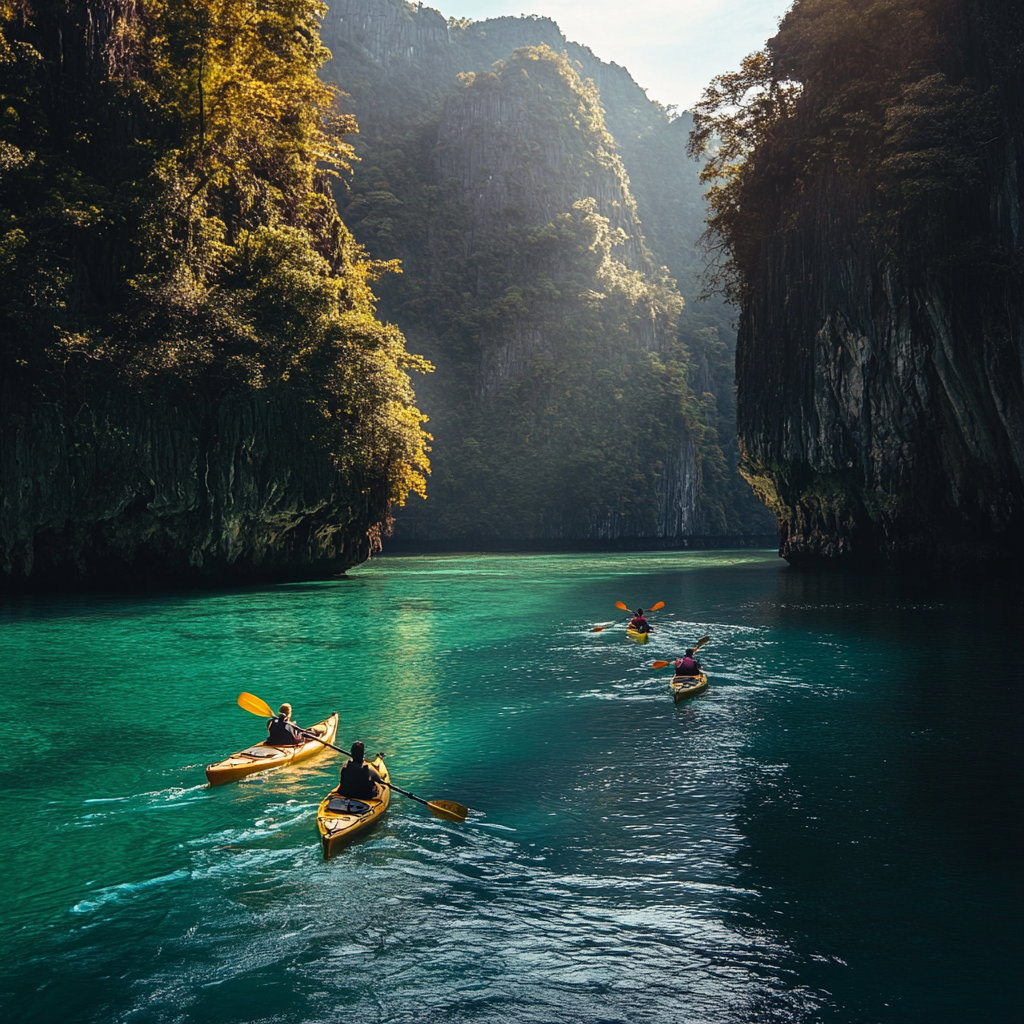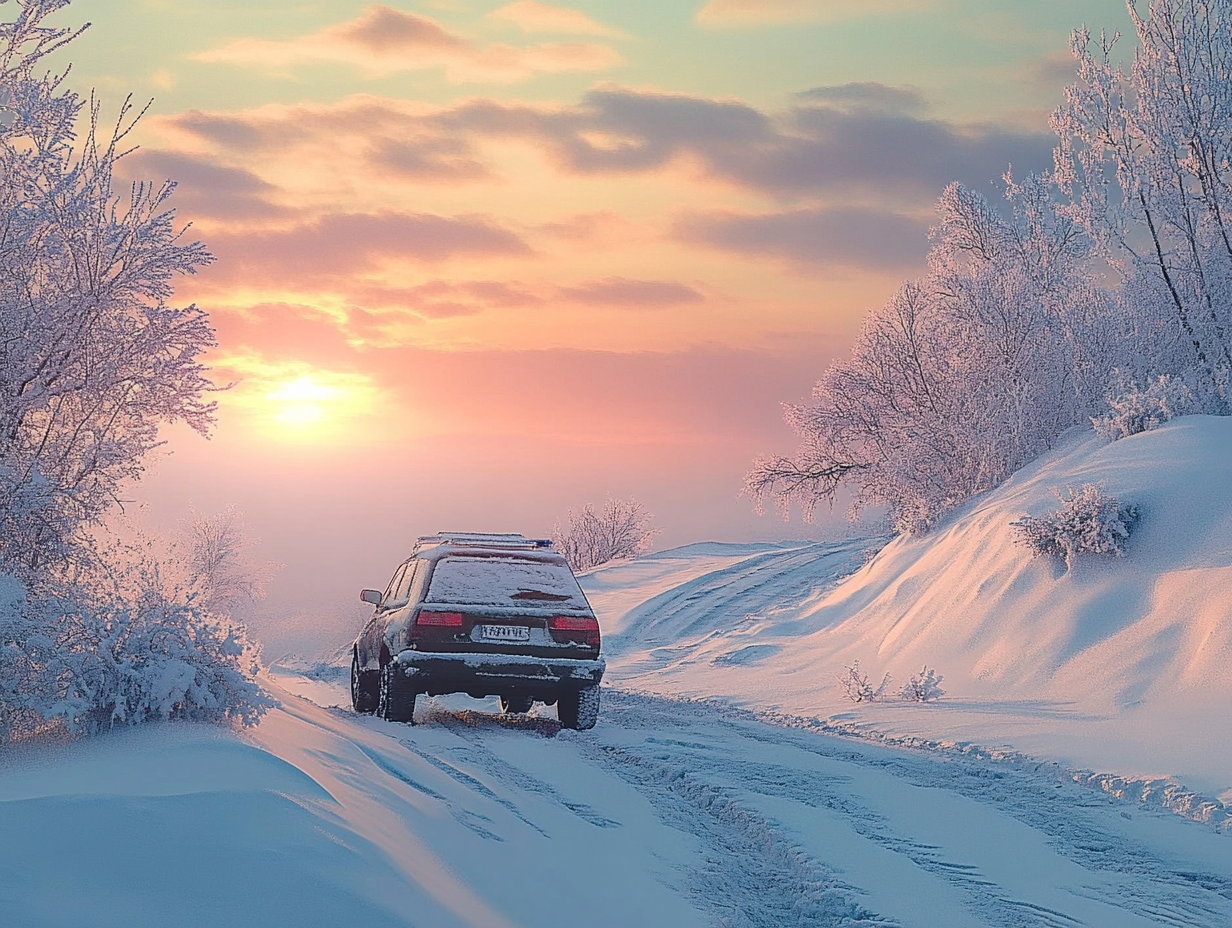Want an unforgettable summer vacation with family and friends? Check out these travel tips for your next trip
As the summer sun beckons, it is time to start planning a proper summer vacation with the family and friends. Whether you want to make an easy trip to a tropical paradise or to plan a multiple hopping a bustling city, or a serene mountain retreat to reach your final destination once.
William Hall, Vice -President of Marketing and Digital, RCI EMEM, India and APAC, suggested some essentials which each traveller needs to have this summer vacation to make the most of the travel and create unforgettable memories –
- Choose destinations wisely and plan your travel in advance: Shortlisting a destination thoughtfully and planning your travel effectively are key to saving time, money, and ensuring safety. Popular tourist spots can be overly crowded, leading to less enjoyable experiences. Exploring lesser-known destinations can offer a more tranquil and relaxing vacation. Consider places with cooler temperatures or opportunities for water activities to enhance your summer travel experience. By making informed choices, you can make the most of your journey while avoiding common pitfalls associated with busy tourist areas.
- Keep yourself hydrated: Water is universally known to be essential, yet we often forget to drink enough of it. During summers, it’s crucial to keep your body hydrated and eat well to avoid losing out on any location due to dehydration, fatigue, or other health issues. Proper hydration and nutrition can enhance overall mood and improve the travel experience.
- Packing Essentials: Creating a checklist beforehand saves time and money by preventing the need to purchase necessities while on the go. ensuring you have all the essentials for a stress-free trip, including medications, travel documents, and chargers, to avoid unnecessary inconveniences. Moreover, packing comfortable and breathable fabrics is crucial to avoid discomfort during your journey. Remember to include summer travel essentials such as sunscreen, hats, sunglasses, and scarves in your packing list.
- Travel First Aid Kit: Having a well-stocked first aid kit can provide peace of mind and ensure that you are prepared for any medical situation that may arise during your travels. In addition to your regular medications, it’s important to carry certain common medicines and supplements when planning a summer trip. Multivitamins, fiber supplements, and other sources of instant energy are must-haves in your travel medicine kit to replace all the minerals and salts that you may lose during travelling in India in the summer.
- Travel Early: It is suggested to travel early during summers because it can help you if you wish to do outdoor activities. The cooler temperatures in the morning and evening make it easier to enjoy outdoor activities such as hiking, sightseeing, or exploring. Additionally, travelling early can reduce the risk of exhaustion from the hot weather. Planning the perfect summer trip requires preparation and excitement, and with the right mindset and planning, you can make the most of your time at your destination. Starting your day early can also give you more time to explore and experience all that your destination has to offer.
Travelling is the best way to learn and experience new cultures, places, people, and cuisines. The tips mentioned for summer travel will help you plan a safe trip. So, pack your bags and get ready for the adventure you’ve been waiting for!



